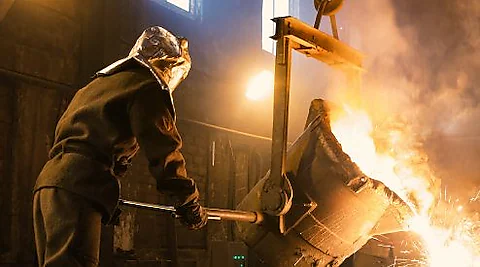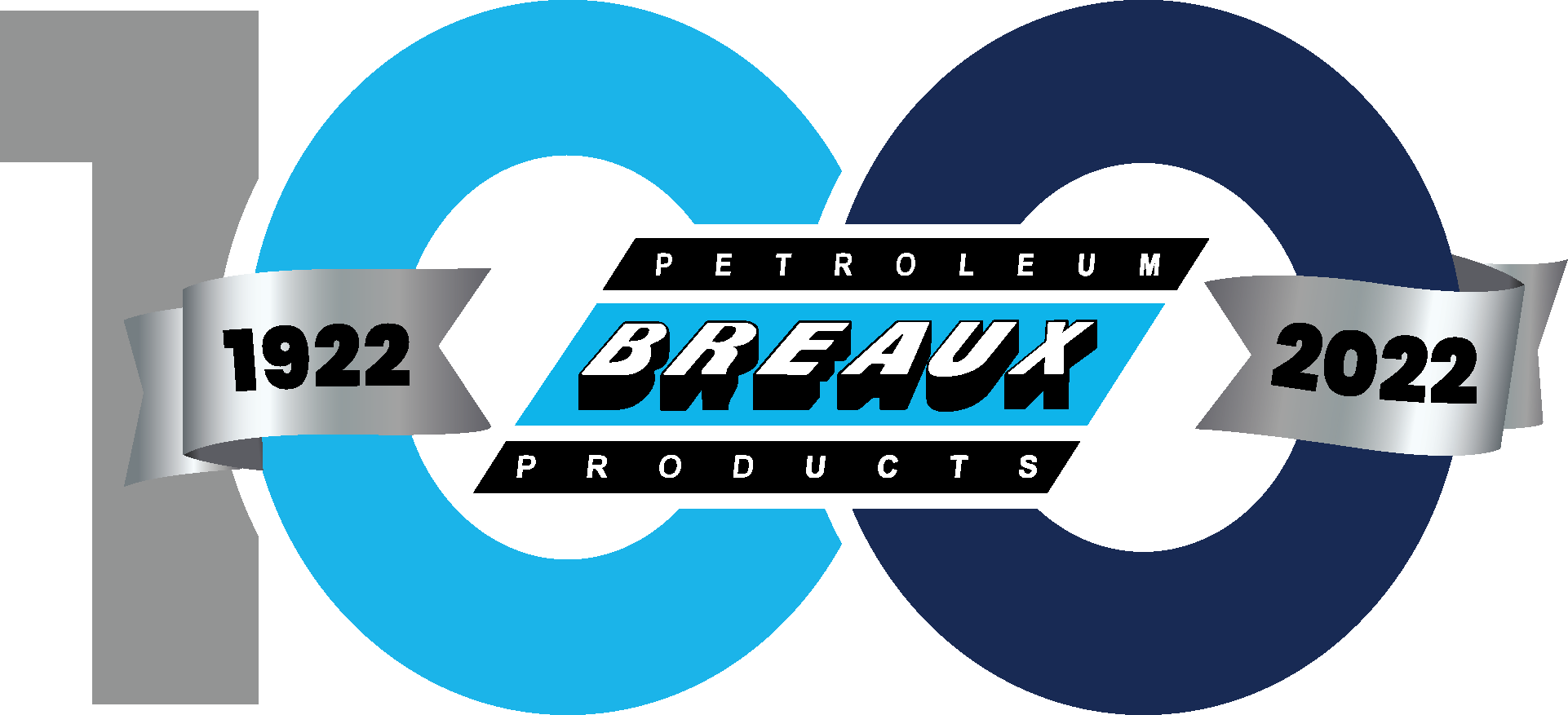Understanding PAG-Based Fluids
Breaux Petroleum is proud to offer an extensive portfolio of polyalkylene glycol (PAG) lubricants including compressor fluids, gear oils, greases, biodegradable lubricants, water-glycol hydraulic fluids and more. The PAG product range also includes the Shell EcoSafe® line of fire-resistant fluids. These products complement our portfolio of traditional lubricants, such as those made with GTL and PAO technologies.

What are PAG lubricants?
Discovered more than 150 years ago, PAG oils were one of the first synthetic lubricants to be developed. The fluids saw their breakthrough application occur during World War ll. At that time, fires on U.S. Navy ships and aircraft were happening due to the use of mineral-oil-based hydraulic fluids. Researchers at the U.S. Naval Research Laboratory (USNRL) began to develop hydraulic fluids that would be more fire-resistant than the ones used at the time.
Working in conjunction with the Union Carbide Chemicals and Plastics Company Inc. and the Mellon Institute of Industrial Research, the USNRL developed the first water-glycol, PAG-thickened, fire-resistant hydraulic fluid, WGHF. Use of WGHF increased tremendously as minimum standards for fire-resistant hydraulic fluids became necessary in European coal mines after publication of the 1960 Luxembourg Report. From there, use of PAG-based fluids and lubricants began to extend to other applications: first to quenchants and textile lubricants, then to many other lubricant categories. Today, PAG-based lubricants are commonly used in compressors, gearboxes, air conditioning systems, metalworking, and hydraulic systems where fire resistance or environmental acceptability are required.
What are the advantages of PAG lubricants?
PAG-based lubricants provide many property and performance advantages over typical mineral-oil-based ones. PAG lubricants help provide excellent equipment protection, reduce the impact on the environment, and support more profitable and sustainable operations. The highly specialized lubricants also include fire-resistant fluids for use in demanding high-temperature environments.
According to an analysis conducted by Kline & Co., more than 78% of all lubricant requirements in the world are currently met using mineral oil-based fluids The use of synthetic or “man-made” lubricants in various industrial and automotive applications is expanding and becoming more commonplace due to its benefits.
Reasons to use synthetic lubricants include the need to:
- Provide a fill-for-life lubricant
- Extend fluid changeout intervals
- Extend equipment life
- Meet new original equipment manufacturer and industry standard requirements
- Meet additional regulations (fire resistance, environmental acceptability)
- Address specific system site conditions (potential for water ingress)
- Address new equipment conditions (higher operating temperature and pressure, greater load and speed)
Further, PAG-based lubricants may be preferred when the following lubricant attributes are needed:
- Less downtime
- Environmental acceptability
- Fire resistance
- Improved equipment efficiency and energy savings
- Water ingress possible
- Reduce or eliminate equipment deposits
- Improved lubrication for sliding wear
To learn more about our PAG line of products, click here or contact us at 800.375.3358 or sales@breauxpetroleum.com today.
For more details regarding Shell’s PAG lubricants, click here.
